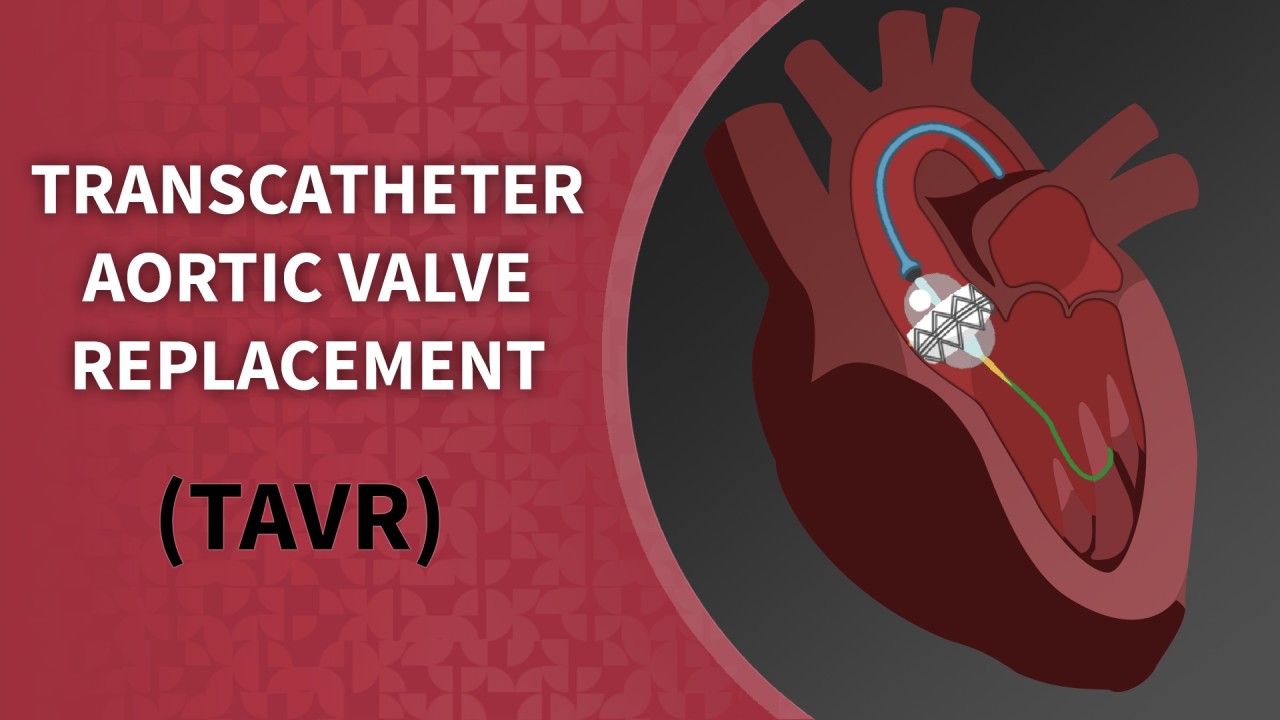
2024-04-18T05:48:17
Transcutaneous Aortic Valve Replacement (TAVR), also known as Transcatheter Aortic Valve Implantation (TAVI), is an innovative procedure used to treat aortic valve stenosis, a condition characterized by the narrowing of the aortic valve opening. This narrowing obstructs the flow of blood from the heart to the rest of the body, leading to symptoms such as chest pain, shortness of breath, fatigue, and fainting. Traditional treatment for severe aortic stenosis involves open-heart surgery to replace the diseased aortic valve with a prosthetic valve. However, TAVR offers a less invasive alternative, particularly for patients who are considered high-risk or ineligible for open-heart surgery due to age or underlying health conditions. Here's an overview of the TAVR procedure: Preparation: Before the procedure, the patient undergoes various diagnostic tests, including imaging studies such as echocardiography and cardiac catheterization, to assess the severity and anatomy of the aortic stenosis. The medical team also evaluates the patient's overall health and determines their suitability for TAVR. Access: TAVR is typically performed under local anesthesia with sedation or general anesthesia. Instead of open-heart surgery, TAVR involves accessing the heart through small incisions in the groin (transfemoral approach), chest (transapical approach), or other alternative routes, depending on the patient's anatomy and the preference of the medical team. Valve Placement: Guided by advanced imaging techniques such as fluoroscopy and echocardiography, a catheter carrying the replacement valve is threaded through the blood vessels and positioned within the diseased aortic valve. Once in place, the new valve is expanded, pushing aside the old valve leaflets and effectively taking over the function of the native valve. Valve Deployment and Assessment: The replacement valve is carefully deployed and positioned to ensure optimal function and alignment. The medical team monitors various parameters, such as blood pressure, heart rhythm, and valve performance, throughout the procedure to ensure safety and efficacy. Recovery: Following the procedure, patients are typically monitored in a specialized cardiac care unit for a brief period before being transferred to a regular hospital room. The recovery time is generally shorter compared to traditional open-heart surgery, and many patients experience significant improvement in their symptoms soon after TAVR. TAVR has revolutionized the treatment of aortic valve stenosis, offering a less invasive option with comparable outcomes to surgical valve replacement for eligible patients. It has significantly expanded treatment options for individuals who may not tolerate or be candidates for open-heart surgery, leading to improved quality of life and outcomes for many patients with severe aortic stenosis. DR ACHYUT KHANDEKAR heartspecialistinnagpur Interventionalcardiologistinnagpur cardiologist bestcardiologist topcardiologist no1cardiologist cardiologistinnewsnehnagarkhamla cardiologistinkhamla cardiologistnearkhamla cardiologistkhamla bestcardiologistinnewsnehnagar bestcardiologistinkhamla bestcardiologistnearkhamla bestcardiologistinnagpur No1cardiologist Top3cardiologistinnagpur cardiologistnearme bestCardiologistnearme topcardiologistnearme no1cardiologistnearme

